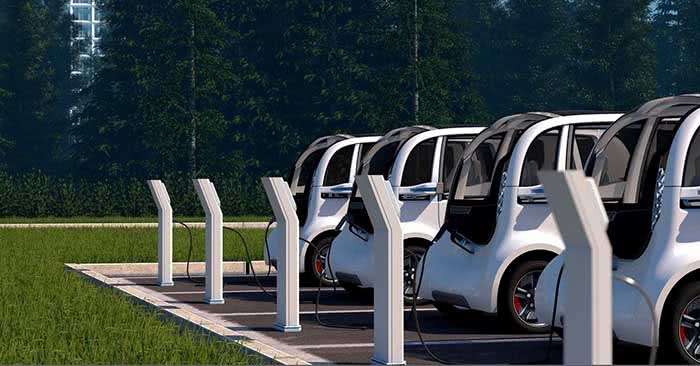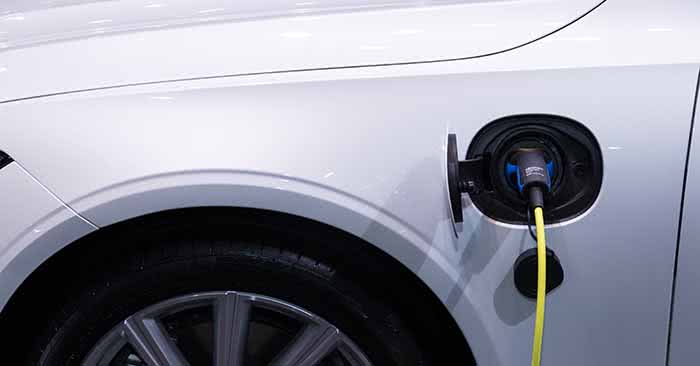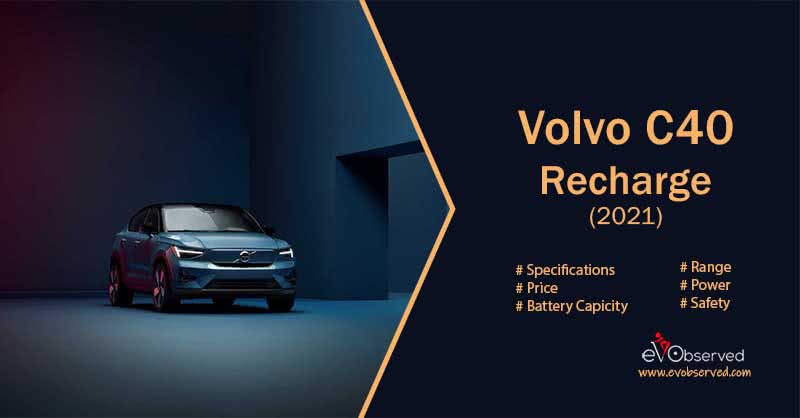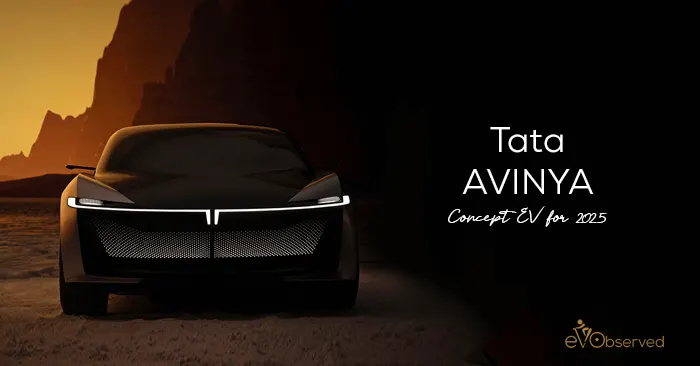EV Charging : Electric Vehicles need the battery to be charged through specialized chargers. There are different types of connectors depending upon the type of power input, area, charging speed, manufacturer, etc. Different types of chargers have different connectors and due to the variation in the connector types, the charging time and quality of charge they offer vary.

Electric vehicles have Lithium-Ion batteries installed in them, which support fast charging without making a heavy thermal impact on the battery. Most of the chargers use AC for charging because the apparatus of the AC charging is cheap as compared to the DC, but DC charging has proved to be a timesaving solution, and also it makes the circuitry compact which saves a lot of onboard space for the manufacturer to add different features.
Also Read: Electric Vehicle Companies : New & Old Players in EV Market
☛ What You will Read here
EV Charging Connector Types
Depending upon the configuration and design there are many types of connectors available and some of them are mentioned below:
Type 1 EV Charging Connector
It is a Single Phase AC input charger that has a five-pin configuration. There are two pins that supply the AC power into the vehicle and two Pins which are Control Pilot and Proximity Pilot which are used by the Charger to communicate with the EV.

The Remaining 5th Pin is Protective Earth which is meant for safety purposes. This type of connector also has a Locking Clip which ensures the proper connection between the EV and the socket. This type of Connector is common in America and is used by many Asian and US Manufacturers like GM, Nissan, Mitsubishi, etc. However, its prominence is fading with time because a lot of manufacturers are moving towards fast-charging solutions.
Type 1 AC EV Charging:
| Typical Power Ratings | Approx range per hour charging** | Features |
| 3.7kW 7kW |
12.5 miles 25 miles |
|
Type 2 EV Charging Connector
Type 2 connector is a 3- Phase input power supply connector that has a seven-pin configuration. There are 4 pins that supply the 3-Phase Power input to the vehicle and two pilot pins named Control Pilot and Proximity pilot for Communication purposes.

There is one remaining pin for earthing purposes. It is circular in shape with one edge flattened. This type of connector is mostly used in Europe and favoured by European brands e.g. BMW, Volkswagen group, etc. It can deliver three-phase power and also locks into the socket of a charging point to ensure a proper connection.
Type 2 AC
| Typical Power Ratings | Approx range per hour charging** | Features |
| 3.7kW 7kW 22kW (three-phase)* |
12.5 miles 25 miles 75 miles |
|
Type 2 DC
| Typical Power Ratings | Approx range per 30 mins charging* | Features |
| 150kW 250kW**** |
180 miles 500 miles |
Only Tesla Superchargers provide DC via a Type 2 connector |
Also Check: Upcoming EVs : Every Electric Vehicle Coming Soon
CHAdeMO EV Charging Connector
CHAdeMO is the fastest circular-shaped EV charging connector with a four-pin plug configuration. This connector is used for fast charging purposes because it delivers high input DC power.

It is more common in the Vehicle manufactured by Asian companies such as Toyota, Mitsubishi, and Nissan. This type of connector also offers offer Vehicle to Grid (V2G) connectivity options.
| Typical Power Ratings | Approx range per 30 mins charging* | Features |
| 50kW | 75 miles |
|
* Assumes 60kWh full battery electric vehicle (BEV).
Combined Charging System (CCS)

A combined Charging System is a combination of both AC and DC power. It has been Standardised by the European Union. This connector has two DC pins(for DC Power Output) arranged below the Type 2 AC connector.
| Typical Power Ratings | Approx range per 30 mins charging* | Features |
| 50kW 150kW** 350kW*** |
75 miles 225 miles 525 miles |
|
* Assumes 60kWh full battery electric vehicle (BEV).
UK 3 Pin EV Charging Connector

It is the commonly used plug for a standard UK electrical outlet. This connector is also used to charge some EVs but it lacks basic features like proper safety, fast charging, and security features like communication between EV and the Charger to ensure proper charging.
3-pin plug
| Typical Power Ratings | Approx. range per hour charging* | Features |
| 2.3kW | 8 miles |
|
Tesla supercharger

These are used by Teslas. That connector is used on level 2 and level 3 Supercharger Tesla charging stations and are only compatible with Tesla cars.
| Typical Power Ratings | As per 30 mins charging* | Features |
| 72 kW
150 kW 250 kW |
Model S to recharge to 80% |
|
Also Read: EV Dictionary : A to Z of Electric Vehicles Terminologies
Types of EV Charging Station

An EV charging station is a parking space where multiple vehicles can be parked while charging. Depending upon the availability, there are mainly 3 types of charging stations and these are:
Top-Up Charging
In this type of charging station, the vehicle is charged when it is parked or not in use. Top-up charging eliminates the problem of Range Anxiety among people by frequently topping up the battery whenever the vehicle is at rest. Public Pod Charging points are best suitable for this type of charging style.
Home Charging
Home charging stations are the best suitable option when charging time is not the issue. The home charging station requires the installation of additional equipment and fully charges the vehicle in 7-8 hours.
En-route Charging
These are the charging stations that are available on the route of your journey. En-route charging stations can be helpful while going on a long journey. Most En-route charging stations offer DC fast charging options.
Must Read: How EV Charging Stations Work? Know Everything Here
Type of Charging

Depending upon the power input and the time taken by different chargers, there are 4 main types of charging techniques and these techniques are:
Trickle Charging
It is the slowest type of charging as this type of charging employs a three-pin connector which consumes a large time to charge a battery. It does not offer great safety because there is no communication between the EV and the Charger. It is most commonly used in households where the EV is plugged in overnight because charging time is not the issue there.
Slow Charging
It is also a type of slow charging technique but it is a little a bit fast than Trickle Charging. This type of charging offers both the Top-Up and Overnight charging options to the consumer. Pod Point Solo Charging is an example of this charging technique.
Fast Charging
It is a less time-consuming method that charges the battery of the EV quickly. Fast charging mainly works on the concept of delivering a High rating current at high voltage to the vehicle.
This type of charging technique can deliver a maximum of 7kW power to the Electric Vehicle. Fast charging is best suited for Home and workspaces when fast charging is the need. To use this type of charging technique, the vehicle must support fast charging.
Rapid Charging
It offers the fastest charging options and is basically suitable for on-the-go charging while going for a long journey. Rapid chargers are also used as occasional “caught short” chargers, particularly when they are available nearby such as supermarkets.
Rapid charging uses DC to fastly charge the vehicle and it can deliver power up to 60 kW. Chargers from companies like Tesla can deliver power up to 150 kW and can fully charge the vehicle in less than an hour.
Also Read: History of Electric Vehicles : From where it all Started?
There are different types of charging connectors and a lot of charging stations available for Electric Vehicle consumers. But before choosing a charger, parameters such as type of use of vehicle, trip distance, type of charging supported, input supply, cost of charging the vehicle, availability of the charging network, etc. must be taken care of. There are many connectors and charging equipment available in the market which is targeted to a particular region, so before choosing an EV it should be kept in mind that whether the EV and its auxiliaries are suitable for your region or not.
Is EV Charging Greener?
Answer of this question depends on from where the charging station is getting all the power. Sometime they get power from industrial plants which is not a greener way to charge EVs. However, if the charging station is getting power from renewable energy source, then it will be considered Green EV charging.
We explained this topic in details here: is EV Charging Environment Friendly? so take a look before changing your path.






